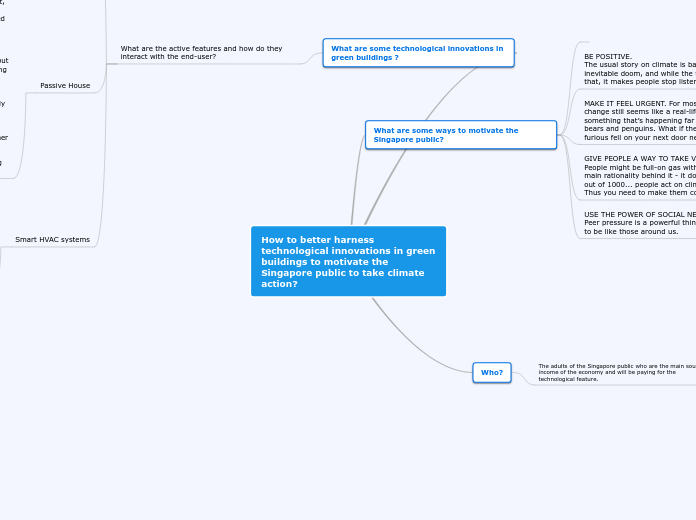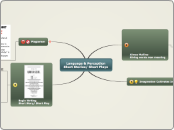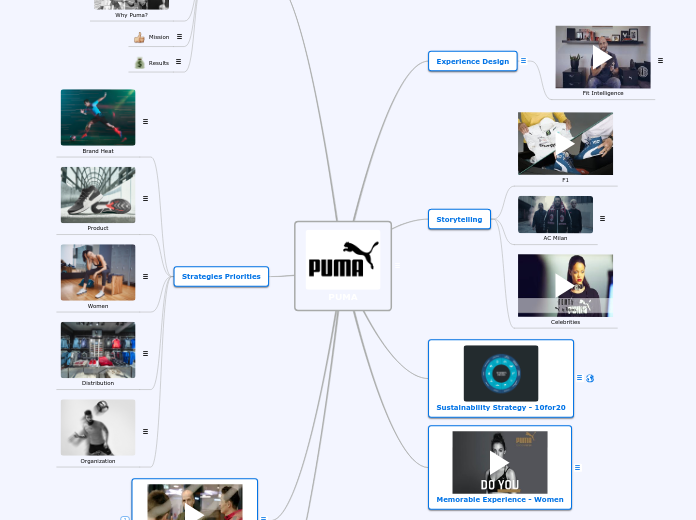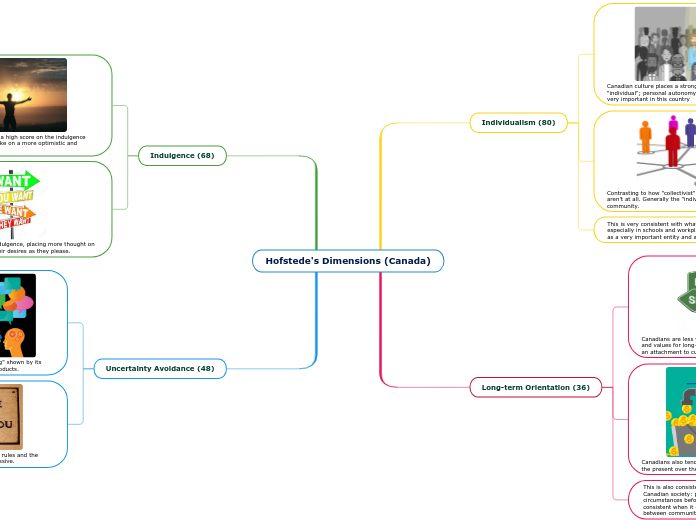How to better harness technological innovations in green buildings to motivate the Singapore public to take climate action?
What are some technological innovations in green buildings ?
What are the active features and how do they interact with the end-user?
Smart HVAC systems
Advanced controls for heating, ventilation and air conditioning (HVAC) systems can reduce consumption in unoccupied zones of a building. They can also continuously adapt the operation to fit the demand and detect needs for maintenance. They are based on sensors and use control strategies adapted to the technology of the system, by modulating temperatures, flow rates, capacity, etc.
A study for eu.bac (2014) concluded that increasing heating controls in European residential buildings could save over 50TWh per year.The Buildings Performance Institute Europe- BPIE (2017) found that building automation reduces energy consumption by around 27% in households, and smart technology can save an average of 23% of energy consumption in offices.
PROS
1)Significant energy savings
CONS
1)A large amount of the energy used by HVAC appliances is wasted due to inadequate insulation, leaky ductwork, and air leaks through windows and doors.
Passive House
Cost: An additional 10% of overall building cost, $3.62M for a 100,000 sq.ft. construction
Space Requirement: Building size is not affected
Energy Savings: $333,000 per year
Payback: 10-15 years
The concept of Passive House construction originally comes from Germany (Passivhaus), but it applies for all types of buildings despite having the word “house” in its name. Passive house construction is based on maximizing natural ventilation and using high-performance insulation to reduce HVAC expenses significantly or eliminate them completely.
Passive house construction also optimizes the solar heating effect, preventing it during summer and maximizing it during winter. Any HVAC equipment used is combined with energy recovery measures, to further reduce operating costs.
PROS
1) Significant energy savings, may exceed 75% compared with a conventional building.
2) Exceeds energy code performance in both NY and NJ.
CONS
1) More expensive building by 5-10%.
2) Limited application in existing constructions, since the envelope has already been built.
Rainwater Harvesting
Cost: $30,000 for a 10,000-gallon system
Water Savings: $3,200 per year
Payback: 9-10 years
Rainwater harvesting requires a collection method and a storage system, and all the rainwater retained is subtracted from what you would normally consume from the municipal supply.
In densely populated areas , rainwater harvesting also reduces the water volume handled by sewage pipes during a storm, helping prevent spillage. A single building with rainwater harvesting does not have a major impact, but the rainwater retention effect adds up after many property owners have deployed it. The owners will start to get aware of the benefits of responding to climate change - which is the constant influx of savings.
PROS
1) Free water supply.
2) Decongests public sewage during major storms.
CONS
1) Does not provide a consistent water supply throughout the year, since it depends on rainfall.
Who?
The adults of the Singapore public who are the main source of income of the economy and will be paying for the technological feature.
What are some ways to motivate the Singapore public?
USE THE POWER OF SOCIAL NETWORKS.
Peer pressure is a powerful thing. Humans want to be like those around us.
GIVE PEOPLE A WAY TO TAKE VISIBLE ACTION
People might be full-on gas with denial with 1 main rationality behind it - it does not matter if 1 out of 1000... people act on climate change. Thus you need to make them count.
MAKE IT FEEL URGENT. For most people, climate change still seems like a real-life fairytale–something that’s happening far away, to polar bears and penguins. What if the fate of the furious fell on your next door neighbour?
BE POSITIVE.
The usual story on climate is based around inevitable doom, and while the facts might justify that, it makes people stop listening.









